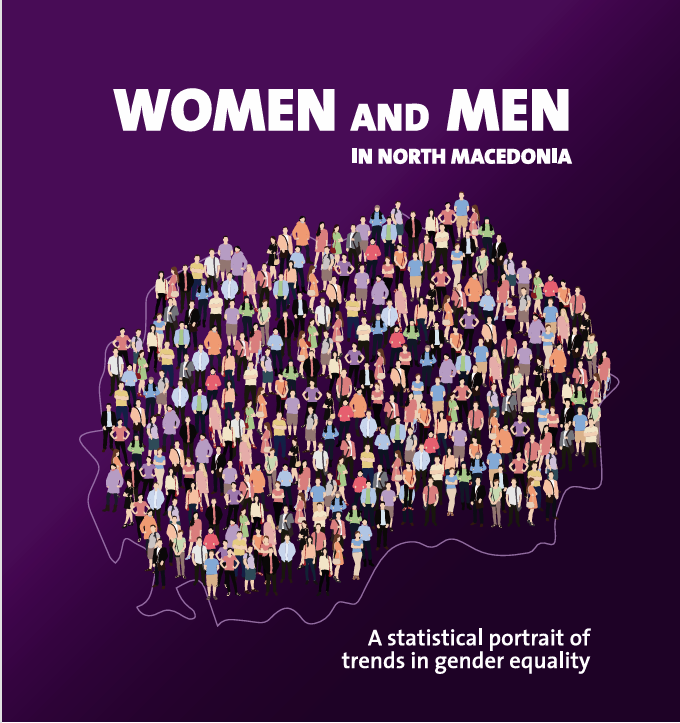Gender statistics are not simply data disaggregated by sex. They are a type of statistic that reflect differences and inequalities in the situation of women and men, or girls and boys, in all areas of life. The Beijing Platform for Action (BPfA), adopted at the Fourth World Conference on Women in 1995, recognizes that in many areas, the absence of sex-disaggregated statistical data obscures the nature and extent of gender inequalities. Therefore, the BPfA includes a specific commitment for national, regional, and international statistical services, and relevant governmental agencies, to ensure that statistics related to individuals are collected, analysed, and presented by sex and age and that they reflect problems, issues and questions related to women and men.
The UN Committee on the Elimination of Discrimination against Women has repeatedly described the essential role of gender statistics to illuminate hidden barriers and forms of discrimination, in such areas as gender-based violence, women’s contributions to unpaid domestic and care work, the gendered impacts of climate change and the gender-specific consequences of the COVID-19 pandemic on women and men, for instance.3 Furthermore, the Committee on the Elimination of Discrimination against Women recommends that disaggregation by sex is only a starting point, gender statistics should ideally also be disaggregated by age, disability, ethnicity, and geographical location (urban/rural), among other characteristics.

